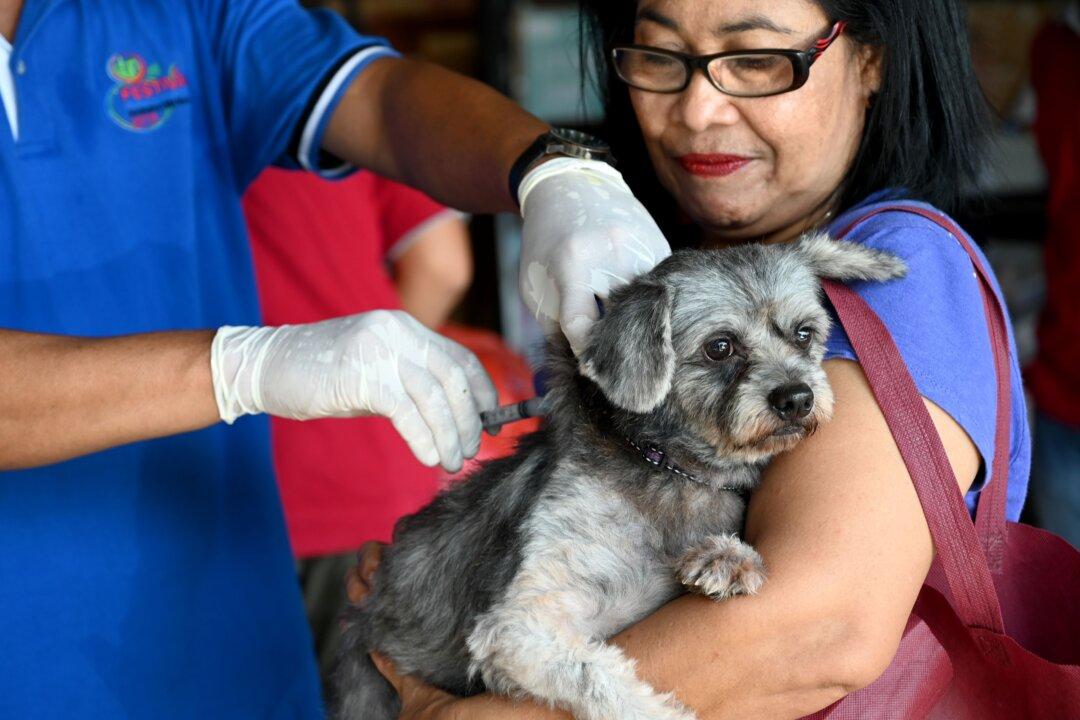The Australian government has warned the Northern Territory and the Torres Strait communities that they are at risk of a rabies outbreak. Currently, Australia and Antarctica are the only continents free of the land-based rabies virus.
A study completed by Charles Darwin University has indicated that the virus has spread rapidly throughout the Indonesia Archipelago, only 600 km (about 373 miles) north of Darwin. This has left the Department of Agriculture, Water and the Environment concerned that an outbreak could occur at any time in the Torres Strait Islands or the Northern Territory.




